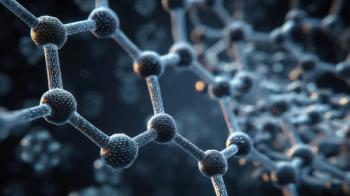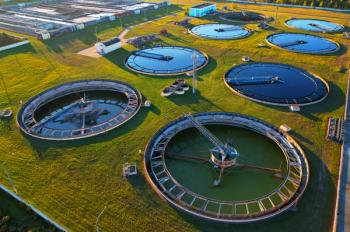
LCGC Europe eNews
- LCGC Europe eNews-03-30-2012
- Volume 0
- Issue 0
Agilent and FDA collaborate over salmonella
Agilent (Santa Clara, California, USA) has announced that it has entered into a Cooperative Research and Development Agreement with the US Food and Drug Administration (FDA) to develop new tools to detect and analyse pathogens in food.
Agilent (Santa Clara, California, USA) has announced that it has entered into a Cooperative Research and Development Agreement with the US Food and Drug Administration (FDA) to develop new tools to detect and analyse pathogens in food.
Salmonella, in particular, is being focused on and the goal is to develop a novel assay panel to identify subtypes of salmonella in food using mass spectrometry.
Eric W. Brown, PhD, director, division of microbiology, FDA, said, “This effort on the part of Agilent is of extraordinary importance to the FDA. We expect this collaboration will be an important step in the development of new and specific tools for tracking bacterial pathogens in foods.”
The collaboration is also seeking to improve DNA-based tools for confirming that seafood is correctly labelled by detecting such things as intentional mislabelling to avoid tariffs and import restrictions, or economic fraud where a less expensive species of fish is sold as a more expensive one.
Paul Zavitsanos, Agilent global food safety manager, commented, “We’re very pleased to be collaborating with the FDA because this work holds tremendous potential for solving some very challenging threats to the safety and integrity of the food supply.”
For more information please visit
Articles in this issue
over 13 years ago
Technology Forum: Environmental Analysisover 13 years ago
Waters and NIBRT form partnershipNewsletter
Join the global community of analytical scientists who trust LCGC for insights on the latest techniques, trends, and expert solutions in chromatography.





